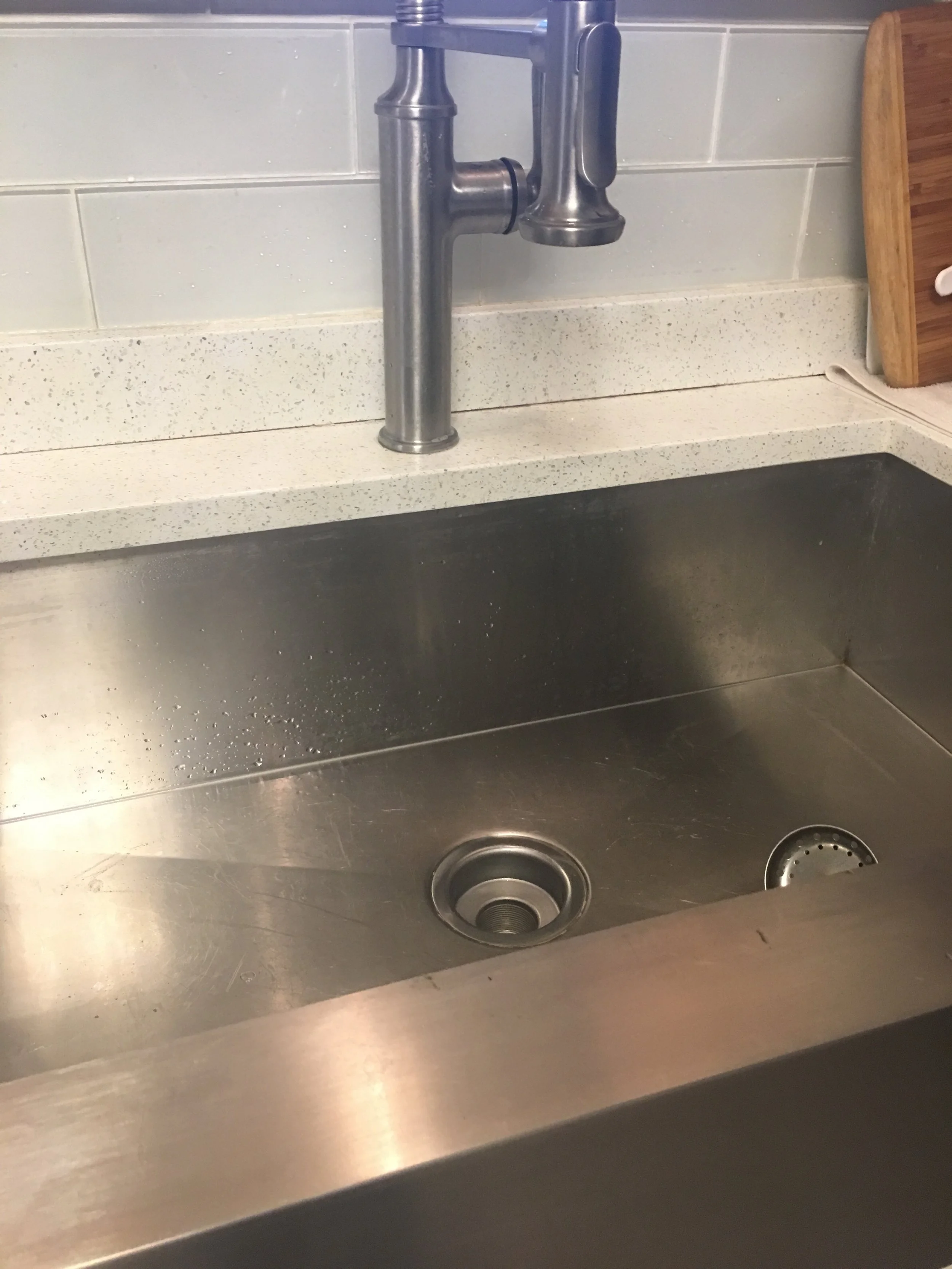An Introduction To Renters Insurance Coverage
RH Business Marketing Solutions
An Introduction to Renters Insurance Coverage
Renters insurance is an extremely affordable way for tenants to keep their belongings safe, with the average premium totaling less than $150 per year. Yet under 40% of all renters are insured, in large part because of a lack of awareness among tenants about the benefits of renters insurance.
It’s impossible to predict when an emergency situation will strike, and the best way to prepare for the unexpected is to stay insured. Understanding the benefits and coverage of a renters insurance policy will allow you to make an informed decision about acquiring coverage.
How Does Renters Insurance Work?
Since relatively few people purchase renters insurance, there are some common misunderstandings regarding what exactly is covered under a typical policy. Some tenants assume that they’re automatically protected under their landlord’s insurance, but the truth is that you need your own policy to be covered in case your possessions are damaged or stolen.
Many tenants wonder if renters insurance covers water damage, bedbugs, and other unexpected occurrences. While there are some important differences in the fine print of many policies, a typical renters insurance plan provides coverage up to a certain limit in case of weather events such as rain, wind, fire, and hail. That said, more extreme conditions like earthquakes and floods will generally require additional coverage, so it’s important to make sure you’re protected if you live in a vulnerable region.
Your policy will also pay for temporary relocation in case your apartment is no longer habitable, a responsibility that may or may not be picked up by your landlord. The price of a few coffees each month is well worth the peace of mind that comes from knowing you’ll be kept on your feet no matter what happens.
Exceptions to Renters Insurance Coverage
While renters insurance provides critical protection for a number of costly situations, there are some things that most policies won’t cover. The first two examples are earthquakes and flooding, which many insurance companies offer as a separate policy.
Under a standard renters insurance policy, you won’t be compensated for any damage done to extremely valuable or rare items such as jewelry and fine art. The most common insurance limit is $100,000, but you’ll likely still need to purchase additional insurance if you want these items covered.
Other common situations tenants often find themselves in, like losing a phone or having a pet cause damage, are not covered under renters insurance. Your protection also won’t apply to anyone else living in the apartment unless they purchase their own coverage.
Renters insurance is a low-cost, reliable method of keeping your belongings safe and ensuring you’ll have a place to stay even in a worst-case scenario. For less than a dollar a day, you can cover all the possessions in your apartment from loss or damage resulting from anything from fire to theft.
Guest Contributor, Armand Levitz



